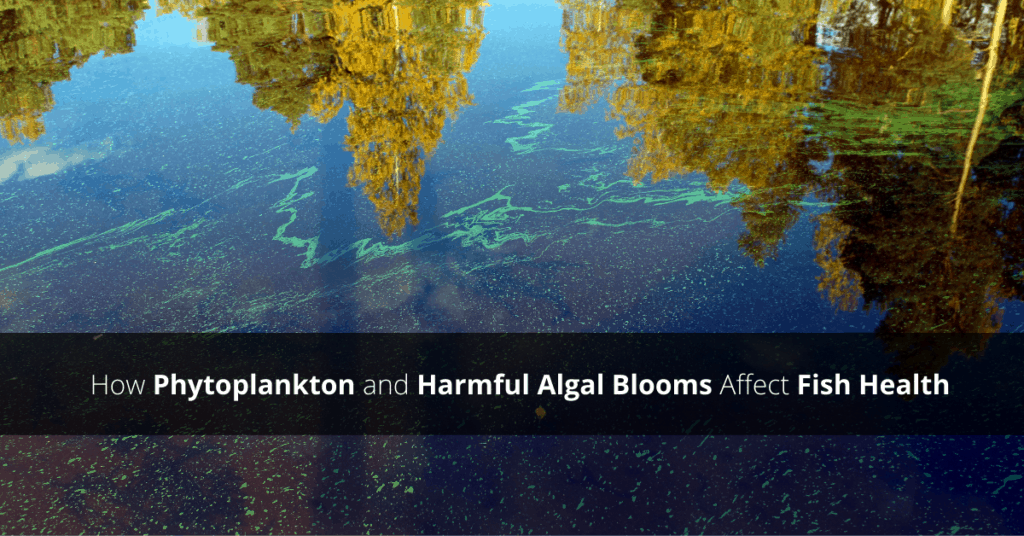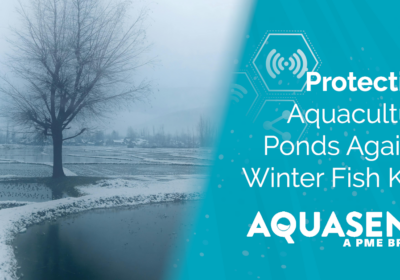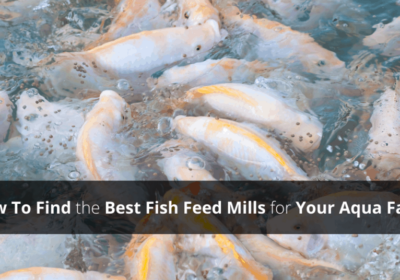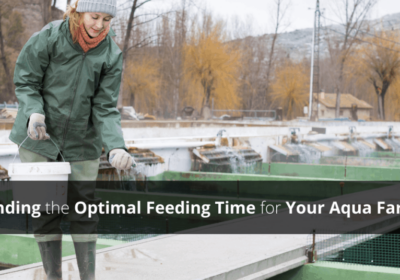How Phytoplankton and Harmful Algal Blooms Affect Fish Health

Phytoplankton are microorganisms that influence the entire aquatic food chain. Due to photosynthesis, they are also a huge consumer of carbon dioxide (CO2), and are the main oxygen producers in most aquatic environments. The right balance of phytoplankton is extremely beneficial and necessary for fish health; however, an overabundance of these microorganisms can be deadly. This article will look at:
- Phytoplankton’s threat to your aquafarm
- What causes harmful algal blooms
- How to monitor phytoplankton levels at your aqua farm
- Keeping your fish healthy
Phytoplankton’s Threat to Your Aqua Farm
An overabundance of phytoplankton can cause harmful algal blooms, especially if there are cyanobacteria (blue-green algae phytoplankton) present. Algal blooms can take over an area of a pond, ocean, lake, etc. and severely deplete dissolved oxygen levels for the fish.
While phytoplankton photosynthesize and produce oxygen during the day, at nighttime they begin the process of respiration which takes oxygen and turns it into CO2. Therefore, if an excess number of phytoplankton form a harmful algal bloom, they will begin consuming an alarming amount of dissolved oxygen, depleting the oxygen in the area and causing health problems and even death for fish and other aquatic life.
Phytoplankton are the foundation of aquatic ecosystems everywhere, but they can also cause the downfalls of those same ecosystems.
What Causes the Threat
Harmful algal blooms often occur when:
- Water temperature increases
- Nutrients increase (especially phosphorus and nitrates)
- pH changes
- Turbidity changes
- The local ecosystem changes
- Ocean currents change
- Water flow decreases
Algal blooms often accelerate in late spring and cause most problems in summer and autumn. Dangerous blooms have been increasing in frequency due to climate change. While it is not currently possible to completely predict when and where algal blooms will occur, aqua farmers can take precautions to protect their stock.
How to Monitor Phytoplankton Levels at Your Aqua Farm
There are a number of ways to monitor phytoplankton levels on your aqua farm. Chlorophyll sensors can detect all kinds of phytoplankton since all organisms that photosynthesize produce chlorophyll. Blue-green algae sensors are useful for specifically detecting blue-green algae phytoplankton concentrations.
Other factors to watch for that could indicate harmful algal blooms: a spike in oxygen in daylight and significantly decreasing dissolved oxygen levels at night, increasing or fluctuating water temperatures, increased phosphorus and nitrate levels due to sudden changes in pH or turbidity. Some are easier to measure and track than others but monitoring some or all of them on a consistent basis will help you keep your fish as happy and healthy as possible.
In aquaculture production ponds. Managing alga blooms will increase yield and health of the fish. Feeding frequency can be adjusted to match conditions.
Keep Your Fish Healthy
Real-time data on the dissolved oxygen and temperature levels on your aqua farm helps you react quickly to any potential issues and allow you the opportunity to stop the growth of a harmful algal bloom before it does any significant damage. To give your farm a breath of fresh air and be instantly alerted to any issues, contact us today to schedule your free 30-day trial of the Aquasend Beacon®!


